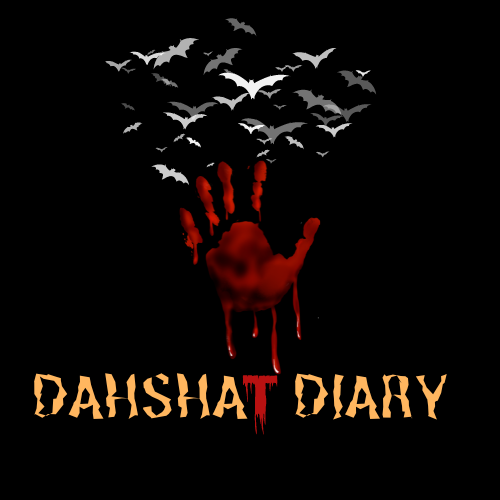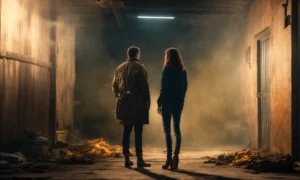The events of November 18, 1978, forever scarred the annals of history as the world witnessed one of the largest mass murder-suicides in modern times. The Jonestown Massacre, a horrific culmination of events orchestrated by cult leader Jim Jones, saw the deaths of over 900 members of the Peoples Temple in Jonestown, Guyana. This tragic event stands as a stark reminder of the dangers of unchecked power, blind faith, and the devastating consequences that can arise when a charismatic leader manipulates and controls a vulnerable group of followers. In this blog post, we will delve into the chilling story of the Jonestown Massacre, exploring its origins, the events leading up to the tragedy, and its enduring legacy.
The Rise of the Peoples Temple
The Peoples Temple, founded in Indianapolis, Indiana, in the 1950s by Jim Jones, initially presented itself as a socially progressive and racially integrated church. A charismatic and persuasive figure, Jones preached a message of social justice, equality, and community. He attracted a diverse following, particularly those marginalized by society, promising them a utopian community free from prejudice and hardship.
Jones’s leadership became increasingly authoritarian and controlling as the Peoples Temple grew. He instilled fear and paranoia among his followers, warning them of impending societal collapse and the need to isolate themselves from the outside world. In 1974, the Peoples Temple established Jonestown in the remote jungles of Guyana, promising a haven of peace and harmony.
Life in Jonestown: A Paradise Lost
Despite its idyllic façade, life in Jonestown was far from the utopia promised by Jim Jones. The community operated under a strict regime of discipline and control. Members worked long hours in the fields, endured harsh living conditions, and were subjected to Jones’s constant propaganda and psychological manipulation. Jones controlled all aspects of their lives, including their finances, relationships, and thoughts.
Reports of abuse and human rights violations within Jonestown began to emerge, prompting concern among family members and government officials. In November 1978, Congressman Leo Ryan led a delegation to Jonestown to investigate these allegations.
The Congressman’s Visit and the Deadly Turn
Congressman Ryan’s visit to Jonestown marked a turning point in the following tragic events. Jones initially welcomed the delegation and allowed them to interview community members. However, tensions escalated as some members desired to leave with the congressman.
On November 18, as Ryan and his delegation prepared to depart, they were ambushed by armed Temple members at a nearby airstrip. Ryan, three journalists, and a Temple defector were killed in the attack. Back in Jonestown, Jones convinced his followers that the outside world would retaliate and that they had no choice but to commit “revolutionary suicide.”
The Massacre: A Poisoned Demise
The mass suicide began with the distribution of a cyanide-laced Flavor Aid drink to the community members. Parents were instructed to administer the poison to their children first, followed by themselves. The scene was one of chaos and desperation as many resisted, but ultimately, over 900 people succumbed to the deadly concoction. Jones himself was found dead of a gunshot wound to the head, though it remains unclear whether it was self-inflicted or carried out by someone else.
Aftermath and Legacy
The Jonestown Massacre sent shockwaves around the world, raising questions about the dangers of cults, the power of charismatic leaders, and the vulnerability of individuals seeking community and belonging. The tragedy prompted stricter regulations for religious organizations and increased awareness of the potential for abuse within closed communities.
The legacy of Jonestown continues to haunt us today. The event serves as a chilling reminder of the devastating consequences of blind obedience, manipulation, and the potential for human darkness. It also warns against the dangers of isolating oneself from the outside world and the importance of critical thinking and scepticism.
In Conclusion
The Jonestown Massacre remains one of the most horrifying and perplexing events in modern history. The tragedy left behind a legacy of pain, grief, and unanswered questions. However, it also serves as a powerful lesson about the importance of individual freedom, critical thinking, and the need to be vigilant against the dangers of blind faith and unchecked power.
Read More,
True Crime Stories: Real-Life Horrors That Haunt Our World



